This article was co-authored by wikiHow staff writer, Hannah Madden. Hannah Madden is a writer, editor, and artist currently living in Portland, Oregon. In 2018, she graduated from Portland State University with a B.S. in Environmental Studies. Hannah enjoys writing articles about conservation, sustainability, and eco-friendly products. When she isn’t writing, you can find Hannah working on hand embroidery projects and listening to music.
There are 12 references cited in this article, which can be found at the bottom of the page.
This article has been viewed 10,285 times.
Learn more...
If you’re interested in your nutrition intake or you’ve been watching your vitamin E levels, you’ve probably heard about wheat germ oil. This oil, which is derived from wheat, is high in vitamin E and healthy fats, which makes it a great addition to a balanced diet. You shouldn’t take vitamin E oil if you have heart problems or a gluten intolerance, and you should talk to your doctor if you feel nauseated or dizzy after taking it.
Steps
Taking Supplements
-
1Take wheat germ oil supplements if you’re low in vitamin E. Wheat germ oil is a huge source of vitamin E, so if you’re lacking, your doctor may recommend dietary supplements. Most people need about 15 mg of vitamin E per day to maintain a healthy diet.[1]
- A healthcare professional can determine whether you are low in vitamin E or not.
- The main benefit of wheat germ oil is its high level of vitamin E. If you aren’t lacking vitamin E in your diet, wheat germ oil won’t benefit you, but it won’t harm you, either.
Did You Know? Wheat germ oil also contains 14 g of healthy fat in every 1 tsp (4.9 mL).[2]
-
2Purchase wheat germ oil supplements. Usually, wheat germ oil comes in the form of small capsules that you can purchase at most health food stores. Although you can get it in a liquid form, it is much easier to take it in a pill.[3]
- The United States Food and Drug Administration does not regulate dietary supplements, so use caution when purchasing your wheat germ oil supplements. Check the ingredients list to make sure they contain only wheat germ oil and nothing else.[4]
Advertisement -
3Take 15 mg of wheat germ oil per day. Most often, the bottle of supplements will tell you how much wheat germ oil is in each capsule. Usually, it’s 1 capsule per day, or 1 teaspoon (4.9 mL) for the liquid variety. Drink your capsule with a full glass of water, and if you get an upset stomach, try taking it with food. If you accidentally take too much, you might get an upset stomach, but it won’t negatively impact your health in the long run.[5]
- If you are pregnant, your doctor may recommend a slightly higher dose of wheat germ oil, since your body needs more nutrients per day to stay healthy.
-
4Store your capsules in a cool, dry place. Try to keep them in your kitchen cabinet or pantry so they don’t get too warm. Avoid putting them in your bathroom, as the humidity can make the capsules melt or get soggy.[6]
- Check the expiration date on the bottle of capsules. If your capsules expire, throw them away.
-
5Avoid taking wheat germ oil if you have heart issues or a gluten allergy. Wheat germ oil is high in fat, so it can have adverse health effects if you already struggle with heart problems. Wheat germ oil is also derived from wheat, meaning that it does contain a small amount of gluten. Talk to your doctor if you have any concerns before taking wheat germ oil.[7]
- Wheat germ can occasionally make you feel nauseated or dizzy. If it does, cut back on your intake or talk to your doctor.
Cooking with Wheat Germ Oil
-
1Purchase wheat germ oil that hasn’t been bleached or hydrogenated. Pure wheat germ oil is slightly yellow in color and mostly clear. Try to find wheat germ oil that hasn’t had anything extra done to it so you know you’re getting all of the benefits without any drawbacks.
Tip: You probably won’t use wheat germ oil very often, so try to find it in a small container if you can.
-
2Drizzle 1 teaspoon (4.9 mL) of wheat germ oil on pasta or salads for a mild flavor. Wheat germ oil has the same consistency as olive oil or canola oil, so it’s great at adding moisture to a dry dish. Wheat germ oil has a pretty mild flavor, so it will add a slight grainy, oily taste to your meals along with some extra vitamin E.[8]
-
3Put 1 teaspoon (4.9 mL) of wheat germ oil in a smoothie for extra vitamin E. The main benefit of wheat germ oil is that infusion of vitamin E in every drop. If your diet is lacking vitamin E, try adding 1 teaspoon (4.9 mL) of wheat germ oil to a fruit smoothie to give it a nutritional boost.[9]
- Wheat germ oil has a pretty mild taste, so you might not even be able to taste it at all.
-
4Avoid heating up wheat germ oil with your meals. Heating or frying wheat germ oil decreases its nutritional value, so it’s fairly limited in how you can eat it. Stick to putting it on top of cold food or adding it to shakes and smoothies for some extra vitamin E.[10]
-
5Store wheat germ oil in a cool, dry place. Put the oil into an airtight container and shut the lid tightly. Keep your oil in an area of your kitchen that won’t get above 77 °F (25 °C) to keep your oil fresh.[11]
- Most bottles of oil come with an expiration date, but your wheat germ oil should last about 1 year.
Warnings
- Talk to your doctor before taking wheat germ oil if you have a heart condition or you are watching your fat intake.⧼thumbs_response⧽
- Wheat germ oil is often marketed as a hair growth treatment, but there is no scientific evidence to back that claim.[13]⧼thumbs_response⧽
References
- ↑ https://www.hsph.harvard.edu/nutritionsource/vitamin-e/
- ↑ https://fdc.nal.usda.gov/fdc-app.html#/food-details/171014/nutrients
- ↑ https://www.health.harvard.edu/newsletter_article/Easy_does_it_with_vitamin_E
- ↑ https://www.fda.gov/consumers/consumer-updates/beware-fraudulent-dietary-supplements
- ↑ https://americanpregnancy.org/pregnancy-health/nutrients-vitamins-pregnancy/
- ↑ https://medlineplus.gov/ency/patientinstructions/000534.htm
- ↑ https://www.health.harvard.edu/newsletter_article/Easy_does_it_with_vitamin_E
- ↑ https://diabetesed.net/page/_files/THE-DIABETIC-EXCHANGE-LIST.pdf
- ↑ https://www.nutrition.va.gov/docs/UpdatedPatientEd/BuildingaBalancedSmoothie2019.pdf
- ↑ https://www.sciencedirect.com/topics/agricultural-and-biological-sciences/wheat-germ-oil
- ↑ https://www.drugs.com/vet/wheat-germ-oil-blend.html
- ↑ https://www.mskcc.org/cancer-care/patient-education/eating-well-during-your-treatment
- ↑ https://www.accessdata.fda.gov/scripts/cdrh/cfdocs/cfcfr/CFRSearch.cfm?fr=310.527


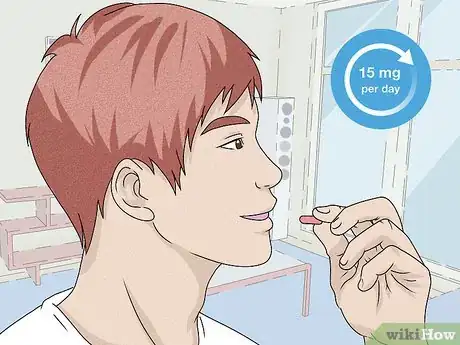
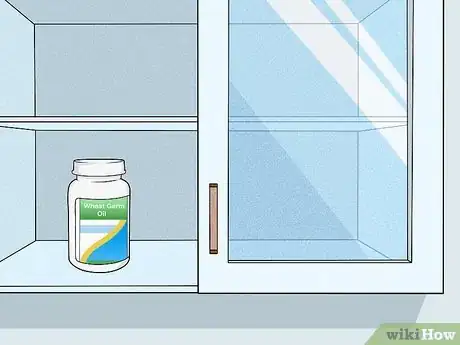

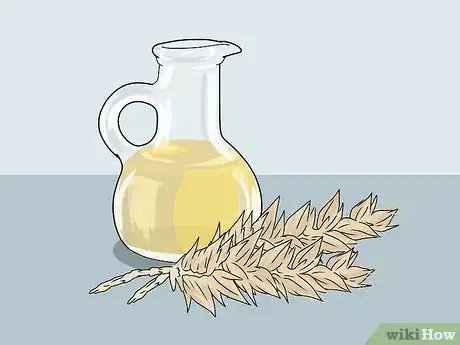
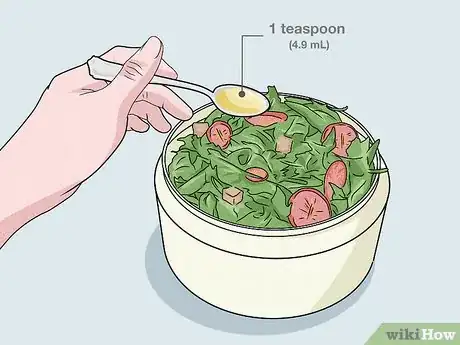

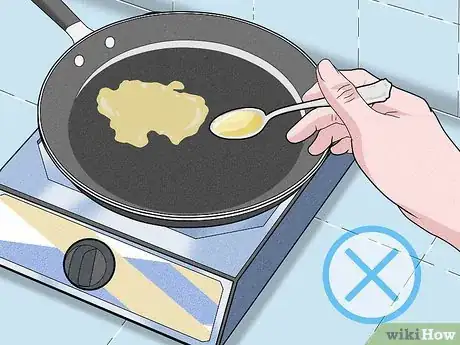




























































Medical Disclaimer
The content of this article is not intended to be a substitute for professional medical advice, examination, diagnosis, or treatment. You should always contact your doctor or other qualified healthcare professional before starting, changing, or stopping any kind of health treatment.
Read More...